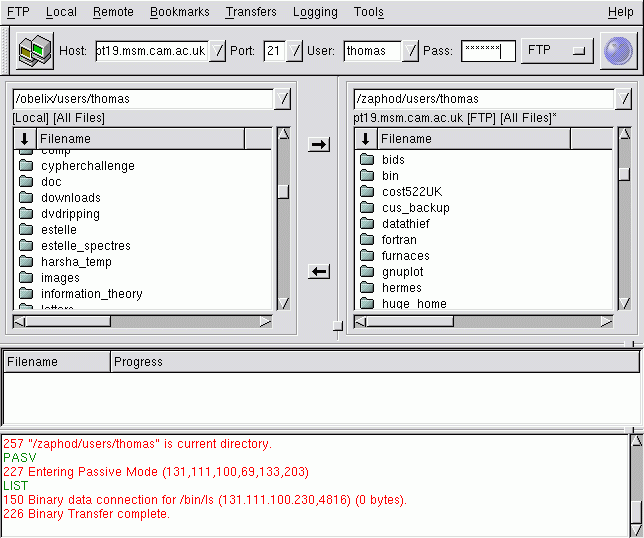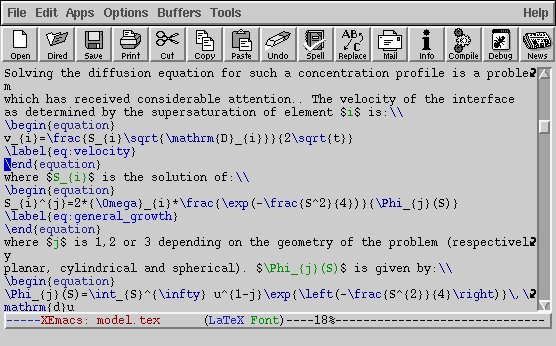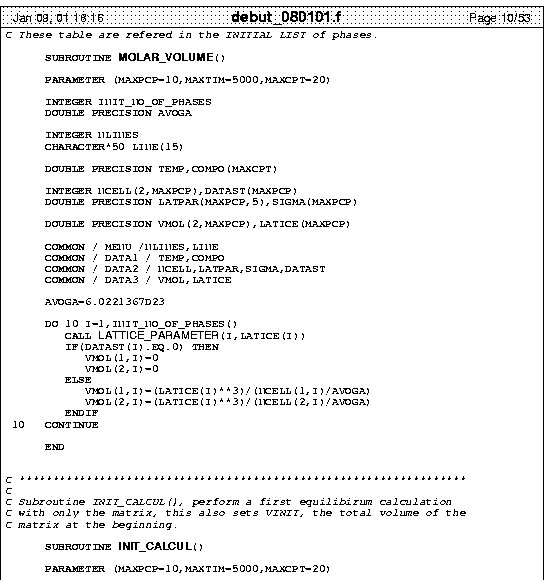When using a Linux station, you can use ALL the applications which run on the SUN machines, because Linux uses the X window system. Just remote login into a SUN machine and start your application. (e.g. MT-DATA !)
You have access to your file space on the SUNs. In addition, you have a space on one of the Linux machines. Where you choose to work is up to you. You can decide to do everything on the SUNs file spaces if you want.
You have access to an awful lot of software, in general more user-friendly than those on the SUNs, among them:
Image tools: gimp (command: gimp), xv (command: xv) can be used to edit images. xfig (command: xfig) is a vectorial drawing software, xpaint (command: xpaint) a bitmap drawing one.
Office tools: you should be able to do almost everything with StarOffice (very similar to Office under Windows). To install it, run '/user/local/office52/program/setup'. To use it, run 'soffice' (the directory where this script has been installed must be in your path).
To do this, edit your .bashrc file (that's your default shell under Linux, if you've changed it, you surely know what to edit instead !) and add $HOME/office52/ to your PATH. (I still don't know how to do)
Just an idea of the things you do with StarOffice:
File tools: I do not encourage intensive use of netscape on the Linux machines as netscape itself is not very stable. There is a nice ftp client with a graphical interface similar to WSFTP32, which is called gftp (command: gftp).

Text editors: there are just too many available. If you want something simple, try gedit (command: gedit). The best is definitely emacs (or xemacs): this editor recognises most of the programming languages and highlights the different elements of the structure in different colors, once you have tried that, you won't want to change..:

Printing: you have access to all printers in the group. Most software propose their own "print" command. From the command-line, a2ps is the best tool to
print an ascii file. Have a look at how a FORTRAN program is printed:
